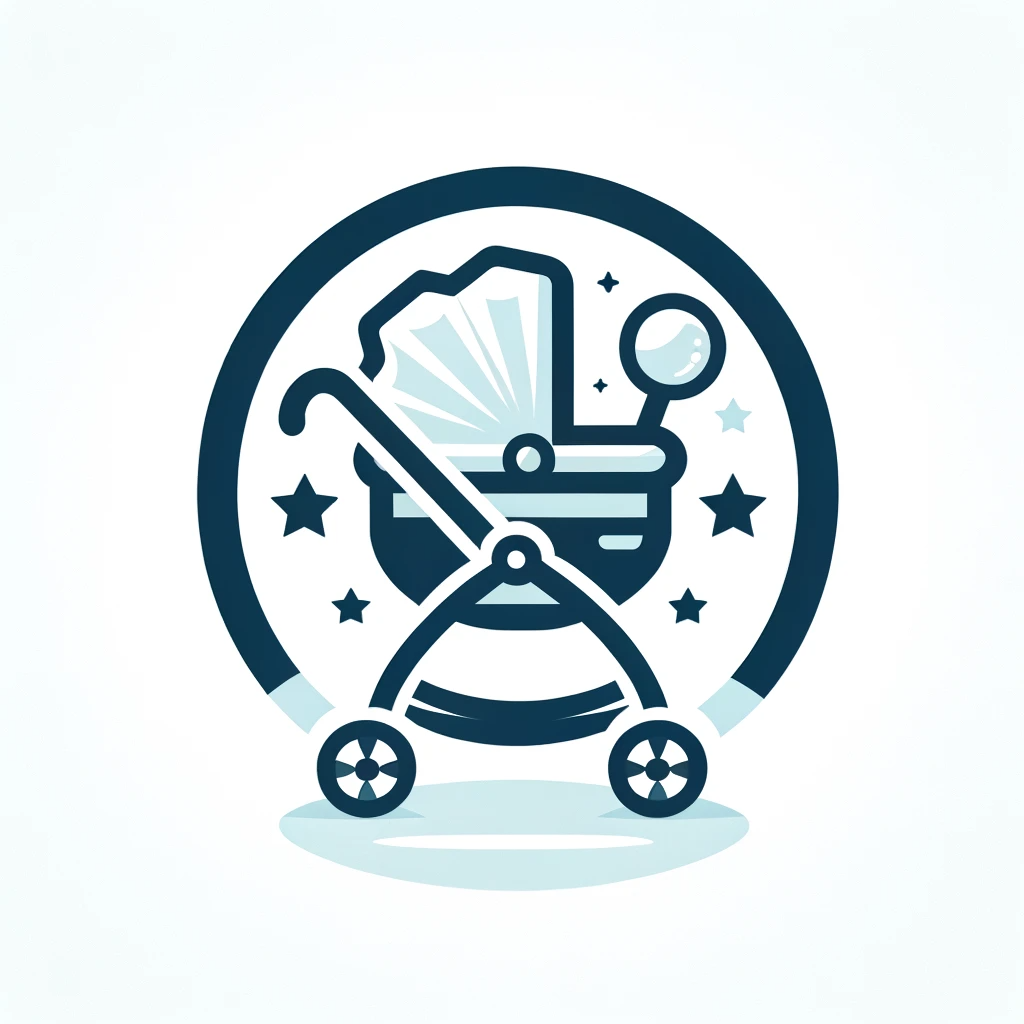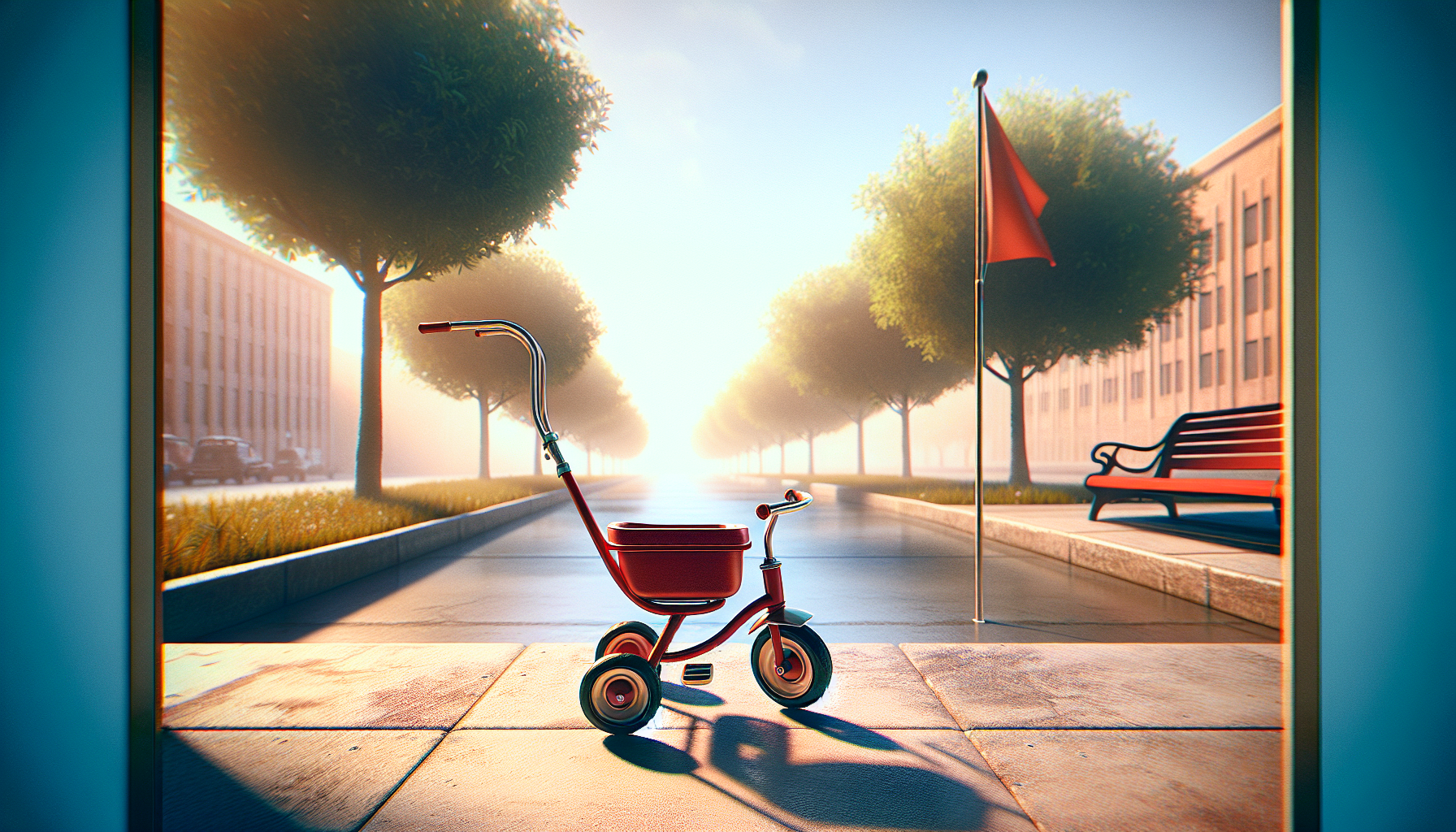Imagine a world where you no longer have to lug around a bulky stroller everywhere you go. A world where your child happily walks by your side, hand in hand, as you venture through crowded streets or explore the local park. But at what age does this fantasy become a reality? When do kids finally outgrow their love for strollers and start embracing the independence of walking on their own? In this article, we will uncover the age at which kids typically bid farewell to their trusty strollers, leaving you with a newfound freedom and a lighter load on your parenting journey.
Factors That Influence Kids’ Preference for Strollers
Physical Development
Physical development plays a significant role in a child’s preference for strollers. As they grow and reach different milestones, their physical abilities and comfort levels change, affecting their desire to use a stroller.
Infancy: 0 to 6 Months
During the first few months of life, infants are still developing their neck and back muscles, making it essential for them to lie flat on their backs. At this stage, strollers that offer a fully reclined position are preferred as they provide the necessary support for the baby’s fragile spine.
Early Childhood: 6 to 18 Months
As infants transition into early childhood, their muscles begin to strengthen, enabling them to sit upright with support. Strollers with adjustable seats that allow a semi-reclined position are ideal for this stage, as they provide comfort while promoting the development of core muscles.
Toddlers: 18 Months to 3 Years
Toddlers have gained more control over their bodies and are eager to explore their surroundings. They may prefer strollers that allow them to sit upright and observe their environment, fostering their curiosity and engagement with the world.
Preschoolers: 3 to 5 Years
At this age, most children have developed the necessary physical skills to walk for more extended periods without getting tired. They may still use strollers for long outings or when they need a break, but their preference might shift towards more independent forms of mobility, such as walking or using tricycles.
Independence and Autonomy
As children grow, their desire for independence and autonomy increases, influencing their attitude towards strollers.
Emerging Independence: 1 to 2 Years
During this period, children start to assert their independence and want to do things on their own. They may resist using a stroller as they strive to walk by themselves and explore their surroundings independently. To accommodate their growing independence, parents can encourage short walks while offering the stroller as a backup option when needed.
Developing Autonomy: 2 to 4 Years
Between the ages of two and four, children continue to develop their autonomy and self-confidence. They may prefer to walk or use other modes of transportation, as the stroller may be perceived as restrictive or for babies. Providing safe alternatives, such as a child-sized backpack with essentials, can help foster a sense of independence while respecting their growing autonomy.
Growing Independence: 4 to 6 Years
As children enter their preschool years, their desire for independence becomes more pronounced. They may see strollers as a symbol of babyhood and prefer to walk or ride scooters or bikes instead. At this stage, parents can let their child take more responsibility for their mobility while still considering the child’s safety and providing alternative methods of transportation for longer journeys.
Increasing Autonomy: 6 to 8 Years
By the time children reach this age, they have further honed their motor skills and are capable of walking or cycling for more extended periods. Strollers are typically no longer necessary for this age group, although exceptional circumstances or specific needs may still warrant their occasional use.
Environmental Factors
The environment in which a child lives and explores can greatly influence their preference for using strollers.
Urban vs. Rural Living
Children growing up in urban environments may encounter different factors that influence their preference for strollers compared to those in rural areas. Urban settings often involve more crowded streets, longer distances to cover, and larger-scale mobility, making strollers a more practical choice. In contrast, children living in rural areas may have more opportunities for outdoor activities and shorter distances to navigate, making strollers less necessary.
Climate and Weather Conditions
Extreme weather conditions, such as intense heat or cold, heavy rain, or strong winds, can impact a child’s comfort and safety while using a stroller. A child who experiences discomfort due to weather conditions may have a reduced preference for using a stroller. Parents should consider alternative modes of transportation or adjust their stroller’s features to ensure their child’s well-being during varying climates.
Ease of Navigation and Accessibility
The ease of navigation, presence of sidewalks, and accessibility of public transportation can also influence a child’s preference for strollers. In areas with well-maintained sidewalks and easily accessible transportation options, parents may opt for strollers less frequently as it becomes more convenient to utilize other means of transportation, such as walking or public transit.
Availability of Parental Assistance
The presence and availability of parental assistance can significantly impact a child’s reliance on strollers. If parents are consistently available to physically support and guide their child’s mobility, the child may have less need for a stroller. However, for parents with multiple children or busy schedules, strollers can provide a practical solution and a safe means of transport for their children.
Social Factors
Various social factors can shape a child’s perception of strollers and influence their preference.
Peer Influence
As children grow older, their peers play a significant role in shaping their preferences and behavior. If a child’s friends do not use strollers or view them as uncool or unnecessary, they may feel compelled to follow suit and reject stroller usage. On the other hand, if their peers use strollers regularly, they may feel more comfortable using them as well.
Parental Influence
Parents play a crucial role in guiding their child’s preference for strollers. Their attitudes and behaviors towards stroller usage can influence their child’s perception. If parents actively encourage independence and provide safe alternatives, children may be more likely to transition away from strollers at an earlier age. Conversely, if parents consistently rely on strollers and do not provide other mobility options, children may develop a stronger attachment to strollers.
Cultural Norms and Expectations
Cultural norms and societal expectations regarding child-rearing practices and mobility influence a child’s preference for strollers. In some cultures, strollers are commonly used even as children grow older, while in others, children are encouraged to walk from an early age. Understanding the cultural context can help parents navigate the balance between respecting cultural norms and fostering their child’s independence.
Sibling Dynamics
Having older or younger siblings can impact a child’s preference for strollers. If an older sibling has already transitioned away from using a stroller, the younger child may be eager to emulate their sibling’s behavior. Conversely, if younger siblings observe their older siblings using strollers, they may be more inclined to continue using them as well.
Transitioning Away from Strollers
Transitioning away from strollers should be a gradual process that takes into account the child’s needs and capabilities while promoting their independence and safety.
Gradual Transition
Instead of abruptly stopping stroller usage, parents can gradually reduce dependency by incorporating more walking or other forms of transportation into their child’s routine. For shorter distances, encourage your child to walk while using the stroller as a backup. Over time, increase the distance and frequency of walks, allowing the child to build their endurance and confidence.
Alternative Modes of Transportation
Introducing alternative modes of transportation can make the transition away from strollers more appealing for children. Options such as bicycles, tricycles, scooters, or roller skates can provide a sense of novelty and excitement, making the child more receptive to embracing these alternatives.
Promoting Active Lifestyles
Encouraging an active lifestyle can motivate children to prefer walking or engaging in physical activities over using strollers. By participating in outdoor activities, family walks, or enrolling in sports programs, children can experience the joy and benefits of being physically active, fostering a positive association with mobility that does not rely on strollers.
Safety Considerations
While promoting independence and reducing stroller usage, it is crucial to prioritize your child’s safety. Ensure that the child is capable of walking the intended distance, provide appropriate footwear, and supervise their mobility. Additionally, consider factors such as traffic safety, pedestrian crossings, and the child’s ability to follow instructions when determining if they are ready to transition away from strollers.
Tips for Parents
As parents, understanding your child’s needs and responding appropriately is vital in navigating their preference for strollers.
Understanding the Child’s Needs
Observe your child’s physical abilities, comfort levels, and energy levels to gauge their need for a stroller. Every child is different, so be attentive to their cues and adapt accordingly. Some children may have medical conditions or disabilities that require continued use of strollers, and it is important to prioritize their well-being.
Observing and Responding to Cues
Understanding your child’s signals and preferences is key in determining when they are ready to transition away from strollers. If they consistently express a desire to walk, become more independent, or resist using the stroller, it may be a sign that they are ready for a change. Be responsive to these cues and facilitate their transition while ensuring their safety.
Encouraging Independence
Fostering independence is essential for a child’s development. Encourage your child to take on age-appropriate responsibilities and tasks, such as helping with carrying bags or walking alongside you. This helps them gain confidence in their abilities and reduces their reliance on strollers.
Providing Safe Alternatives
While transitioning away from strollers, offer safe and age-appropriate alternatives for your child’s transportation needs. This could include walking, cycling, or using public transportation, depending on their age and the context of your surroundings. By providing suitable options, you can support their mobility while still ensuring their safety.
Conclusion
The preference for strollers in children is influenced by various factors, including physical development, independence and autonomy, environmental factors, and social factors. The age at which kids no longer like strollers is not universal but depends on individual circumstances. Understanding your child’s needs, observing their cues, and promoting their independence are essential in navigating their preference for strollers. By considering the factors outlined in this article and being flexible and adaptable, parents can support their child’s growth while encouraging safe and independent mobility.

